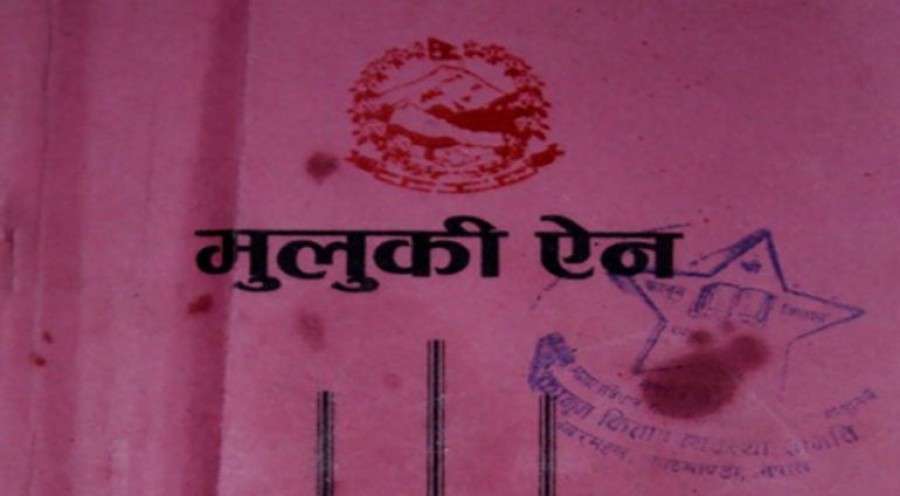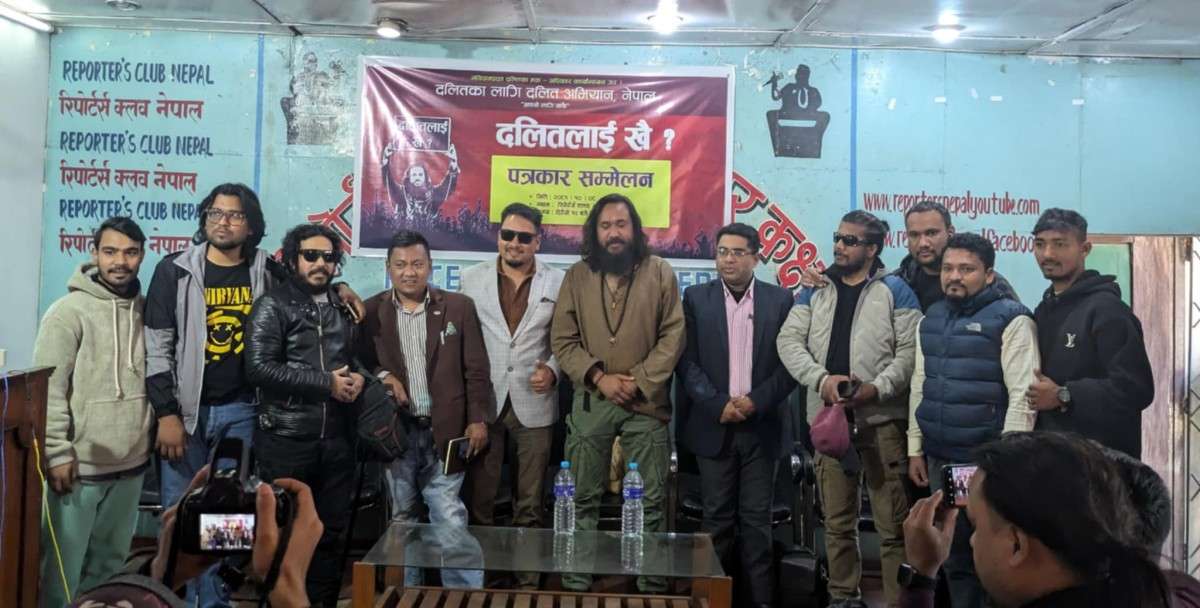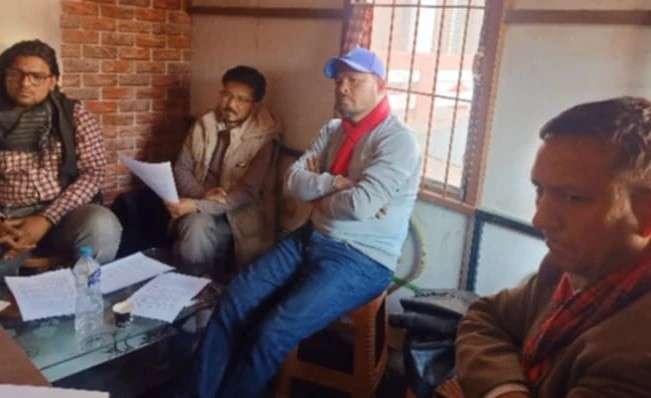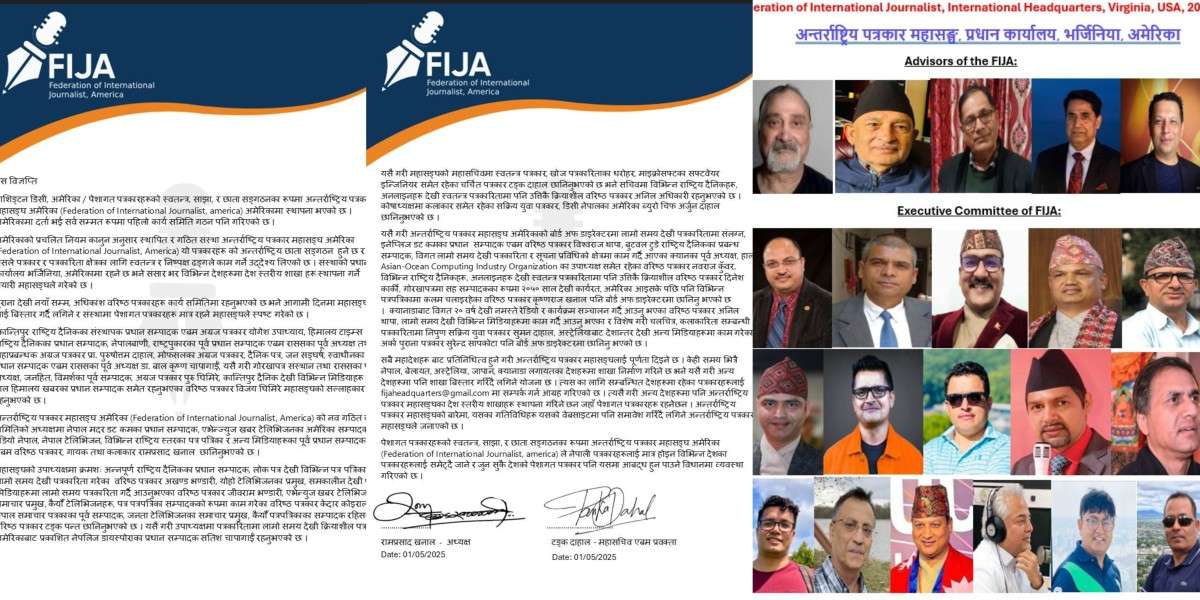Misleading assertion
- Dignity Post
- 14-05-2023 06:47

Misleading assertion
We are indeed obliged, like Deepak Thapa [“In defence of alternative narratives”, The Kathmandu Post, October 28, 2021] to Rajan Khatiwada, Simon Cubelic and Alex Michaels from the Heidelberg University for translating the 1854 Muluki Ain of Jung Bahadur and for making it freely available online, including for the “huge mass (of Nepalis) unaware of our history”.
It is misleading, though, to assert that the landmark legal code gives ''nearly single-minded focus on propping up the caste system." Muluki Ain rationalised the judicial structure and codified legal principles of a common law throughout the nation that substantiated the status of a sovereign state. By defining the powers inherent in, and assigning definitive responsibilities to, institutions of governance, including that of the monarch and the prime minister, it ensured that specific provisions of law replaced or minimised arbitrary verdicts that were the norm earlier and thereby recognised the concept of the rule of law, a vital component of democratic norms and constitutions.
The four-tier caste varna division was linked with the individual's aptitude and profession during the formative, Vedic age of the Sanatana Dharma. It was later given a “sinister twist and linked with the accident of birth”, as stated by Swami Chinmayananda in his commentary on the Gita in The Holy Gita. In the late 14th century, King Jayasthiti Malla of Kathmandu compiled and adopted the thus far informal or unwritten legal and spiritual tenets based on the extant practices (including the caste system) and gave it the name of Nepala Rashtra Shastra.
The comprehensive and mammoth Muluki Ain was compiled by a 230-member council constituted by Jung Bahadur after nearly three years of arduous travels and extensive discussion throughout the country. It covered every aspect of life in the country, including ‘farting in someone's face’ as curiously singled out in Thapa’s column, the religious shastras, practices, customs and social traditions of different regions and communities that necessarily included the injustices embedded in the caste system.
The document is undoubtedly based on the moral principles of the shastras and extant traditions including the caste system, but it also recognises the need for timely reforms and thus stipulates that conflicting verdicts appear (in the past) for similar cases or offences: ‘henceforth, on breach of law the pun.
Reference: kathmandu post











Conversation